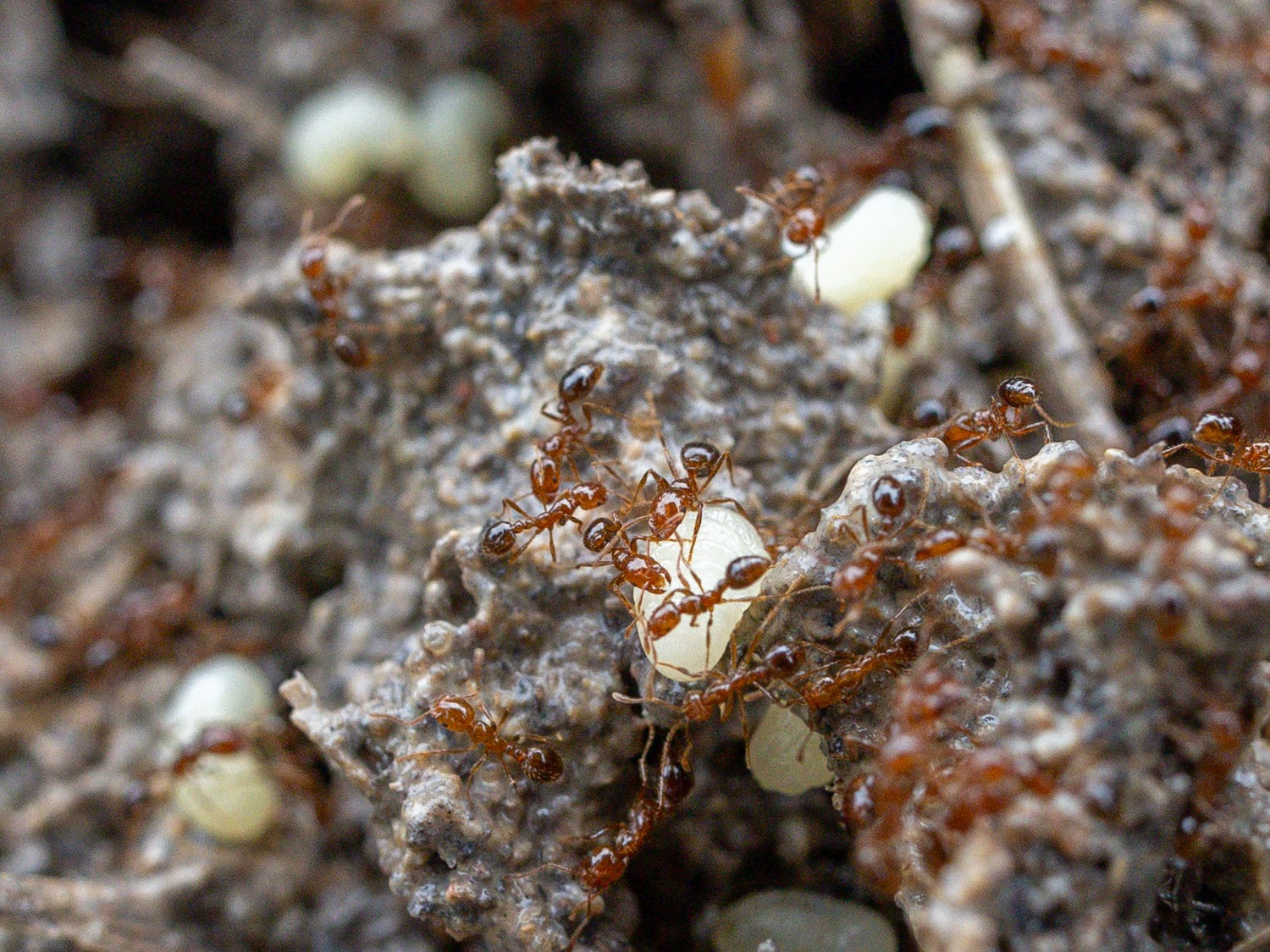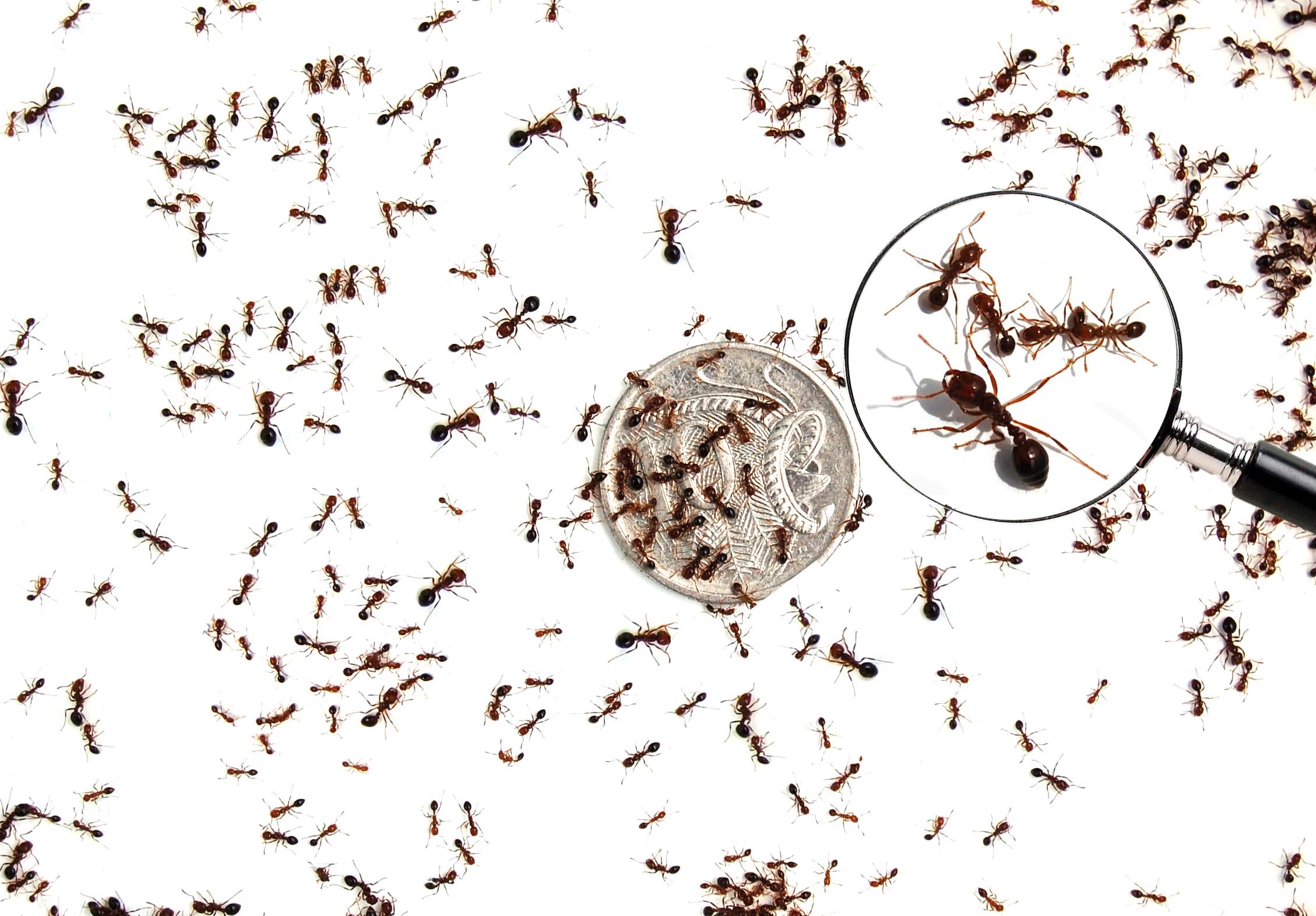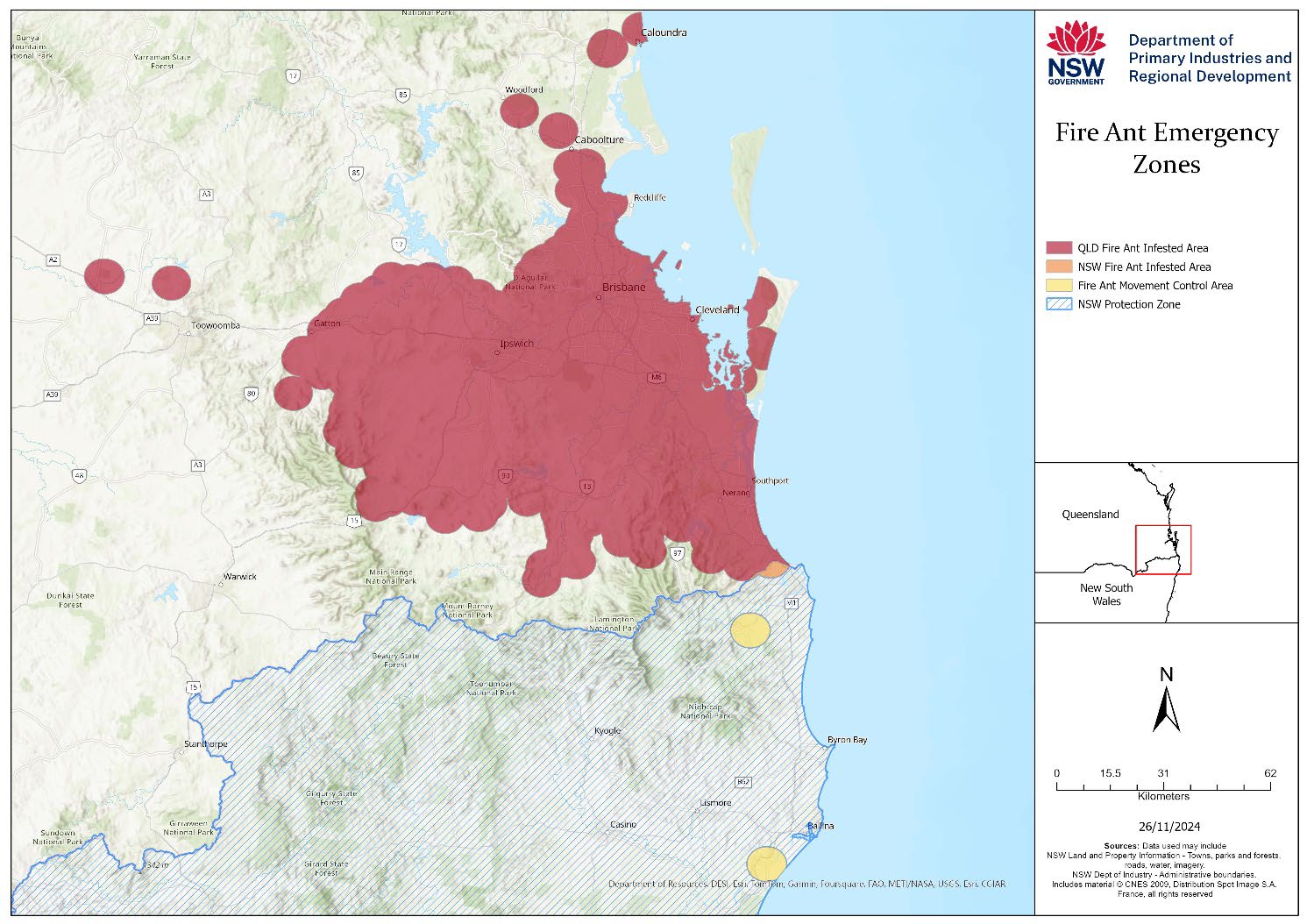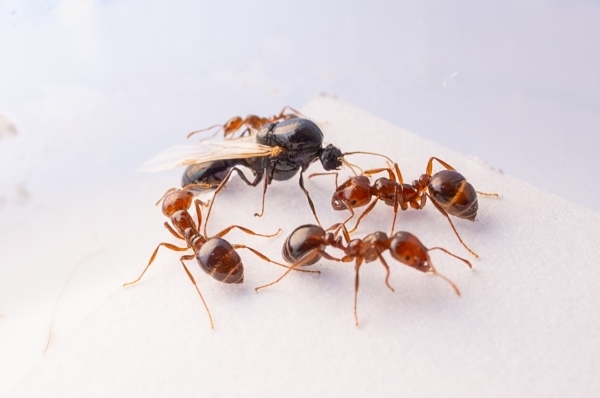Biosecurity (Fire Ant) Emergency Order
The current Biosecurity (Fire Ant) Emergency Order defines the emergency zones and requirements for moving fire ant carriers.
If you are moving the defined fire ant carriers from the parts of QLD and NSW shown in red, orange or yellow on this map, you must comply with the current Emergency Order. View the current order and Plain English Guide.
GROUP PERMIT FOR HAY SUSPENDED:
The Group Biosecurity Emergency Permit allowing movements of hay from specified lower risk areas of south east Queensland under certain conditions, was suspended for at least a month from 13 March 2025. Its reinstatement is still under review and affected parties will be notified as soon as the situation changes.
Fire ants infest around 830,000 ha in Southeast Queensland, close to the NSW border which poses an ongoing risk of new infestations in NSW. Most of NSW has been free of fire ants. Nests found in South Murwillumbah (November 2023), Wardell (January 2024) and Tweed heads (July 2025) were destroyed and surveillance and treatment are ongoing, in partnership with the National Red Imported Fire Ant Eradication Program.
The movement of fire ant carrier material from fire ant infested areas is prohibited unless certain conditions are met. Conditions are detailed in the Biosecurity (Fire Ant) Emergency order.
The Department has a NSW Fire Ant Strategic Plan 2024-2025 (PDF, 184.47 KB) that sets out key actions to prevent fire ants from establishing in NSW.
Fire ants in NSW
South Murwillumbah
Fire ants were detected at South Murwillumbah on 24 November 2023.

Wardell
Fire ants were detected at Wardell on 19 January 2024.

Tweed Heads
On July 2, 2025 fire ants were found at a property in Tweed Heads.







